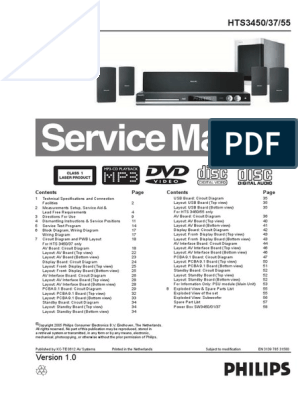0% found this document useful (0 votes)
13 views5 pagesDebris Accumulation in Brackets PDF
This study compares debris accumulation and friction levels between self-ligating and conventional orthodontic brackets after 8 weeks of clinical use. Results indicate that both types of brackets experienced significant increases in debris and friction, with self-ligating brackets accumulating more debris and exhibiting a higher percentage increase in friction compared to conventional brackets. Overall, both bracket types showed increased frictional forces due to intraoral exposure, highlighting the impact of clinical aging on orthodontic materials.
Uploaded by
alphonsajoshy2020Copyright
© © All Rights Reserved
We take content rights seriously. If you suspect this is your content, claim it here.
Available Formats
Download as PDF, TXT or read online on Scribd
0% found this document useful (0 votes)
13 views5 pagesDebris Accumulation in Brackets PDF
This study compares debris accumulation and friction levels between self-ligating and conventional orthodontic brackets after 8 weeks of clinical use. Results indicate that both types of brackets experienced significant increases in debris and friction, with self-ligating brackets accumulating more debris and exhibiting a higher percentage increase in friction compared to conventional brackets. Overall, both bracket types showed increased frictional forces due to intraoral exposure, highlighting the impact of clinical aging on orthodontic materials.
Uploaded by
alphonsajoshy2020Copyright
© © All Rights Reserved
We take content rights seriously. If you suspect this is your content, claim it here.
Available Formats
Download as PDF, TXT or read online on Scribd
/ 5































































































